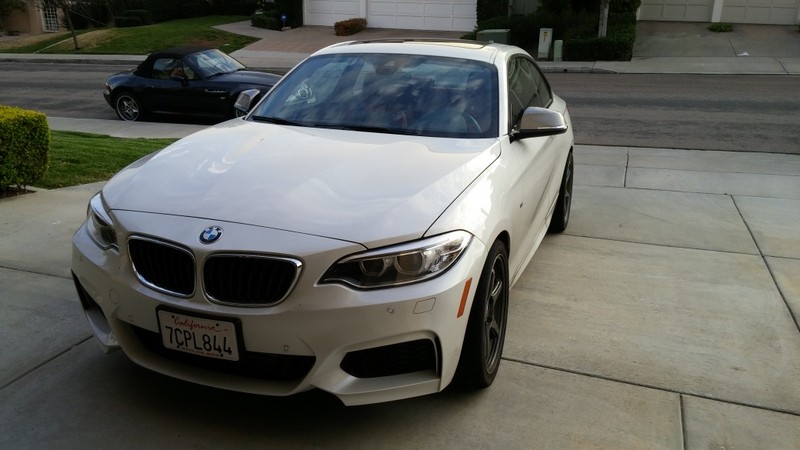BMWs are renowned for their performance and precision engineering. However, like any complex machine, they can experience issues. One common problem involves the synchronization between the camshaft and crankshaft, crucial for optimal engine performance. This article will delve into the common causes, symptoms, and diagnostic procedures related to BMW camshaft and crankshaft synchronization faults.
The camshaft and crankshaft are integral components of your BMW’s engine. The crankshaft converts the linear motion of the pistons into rotational motion, while the camshaft controls the opening and closing of the engine’s valves. Precise synchronization between these two components is essential for proper combustion, fuel efficiency, and overall engine performance. When this synchronization is disrupted, it can lead to a variety of performance issues.
Common Causes of BMW Camshaft and Crankshaft Synchronization Faults
Several factors can contribute to synchronization problems in BMW engines:
- Timing Chain Issues: A stretched or worn timing chain can disrupt the precise timing between the camshaft and crankshaft. This is a common issue in higher mileage BMWs. Regular maintenance and timely replacement of the timing chain are crucial for prevention.
- Vanos System Malfunction: The VANOS (Variable Nockenwellen Steuerung) system adjusts the camshaft timing for optimal performance and fuel efficiency. Faults within the VANOS system, such as solenoid failures or oil pressure problems, can lead to synchronization issues. Symptoms may include rough idling, reduced power, and poor fuel economy.
- Camshaft or Crankshaft Sensor Problems: Faulty camshaft or crankshaft position sensors can provide inaccurate readings to the engine control unit (DME), leading to mistimed operation. These sensors are vital for the DME to accurately determine the position of the camshaft and crankshaft.
- Wiring and Connector Issues: Damaged wiring or corroded connectors in the camshaft and crankshaft sensor circuits can disrupt signal transmission, causing synchronization errors. Inspecting these connections for damage or corrosion is a crucial diagnostic step.
- Oil Filter Issues: In some cases, an improperly installed oil filter or a collapsed filter element can restrict oil flow to the VANOS system, hindering its ability to adjust camshaft timing correctly.
Symptoms of Synchronization Problems
Recognizing the symptoms of camshaft and crankshaft synchronization issues is crucial for early diagnosis and repair. Common symptoms include:
- Fault Codes: Diagnostic trouble codes (DTCs) such as 2A82, 2A87, 2A98, and 2A99 often indicate camshaft or crankshaft timing problems. Using a BMW-specific scan tool like INPA can provide detailed information about these codes.
- Rough Idle: A noticeable shaking or vibration at idle can be a sign of mistimed engine operation.
- Reduced Engine Power: Loss of acceleration and overall engine performance can indicate synchronization problems.
- Increased Fuel Consumption: A drop in fuel efficiency can be attributed to improper combustion due to timing issues.
- Engine Misfires: In severe cases, synchronization problems can lead to engine misfires, further damaging the engine.
- Check Engine Light: The illumination of the check engine light is a general indicator of a problem and should be addressed promptly.
Diagnosing BMW Camshaft and Crankshaft Synchronization Faults
Diagnosing these issues requires a systematic approach:
- Read Fault Codes: Retrieve the stored DTCs using a BMW compatible scan tool.
- Inspect Wiring and Connectors: Visually check for damage or corrosion in the wiring and connectors of the camshaft and crankshaft sensors.
- Check Oil Filter: Inspect the oil filter for proper installation and ensure the filter element is not collapsed.
- Analyze Live Data: Use a scan tool to monitor the camshaft and crankshaft position sensor readings in real-time to observe any discrepancies.
- Test VANOS System Operation: Evaluate the VANOS system’s functionality using specialized diagnostic procedures.
Conclusion
BMW camshaft and crankshaft synchronization faults can significantly impact engine performance and drivability. Addressing these issues promptly is essential to prevent further engine damage. While some basic checks can be performed by DIY enthusiasts, complex diagnostics and repairs are best left to qualified BMW technicians with access to specialized tools and knowledge. Regular maintenance, including timely timing chain replacement and addressing oil leaks promptly, can help prevent many of these problems. By understanding the common causes, symptoms, and diagnostic procedures related to these faults, BMW owners can ensure their vehicles run smoothly and efficiently for years to come.
